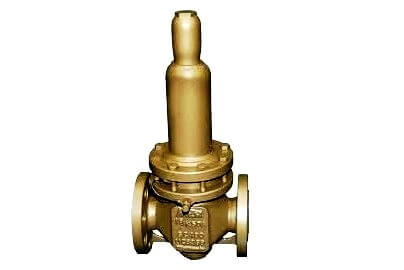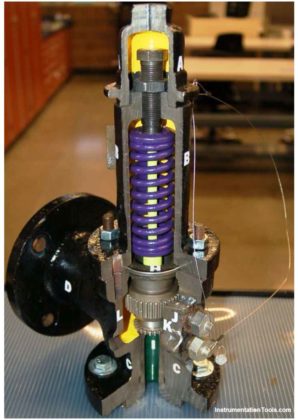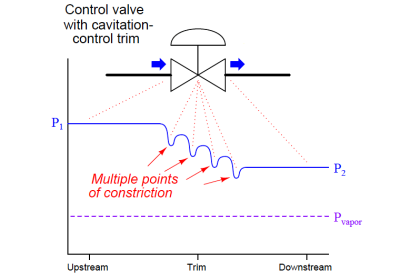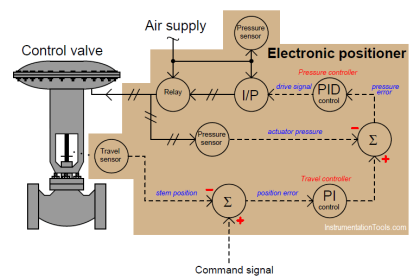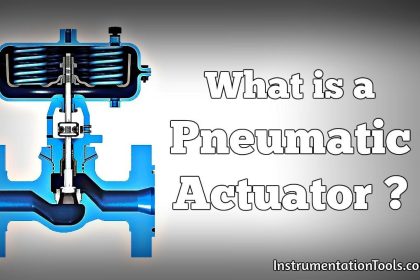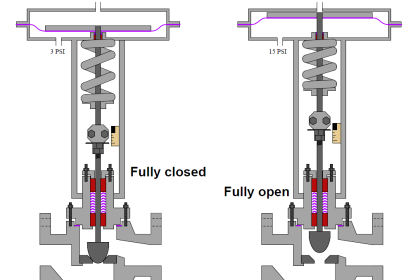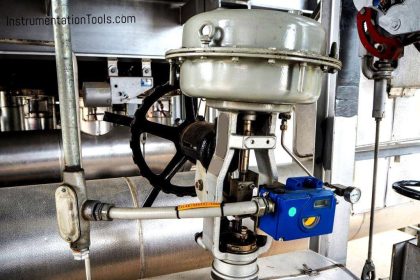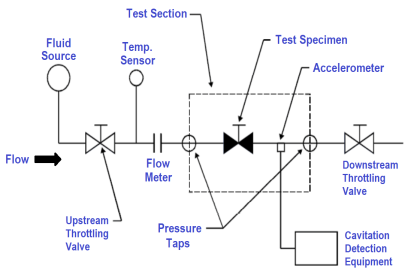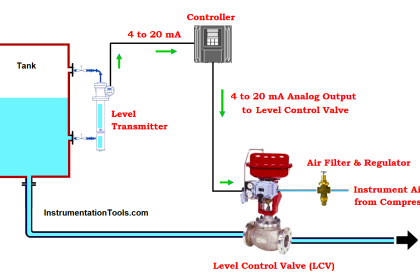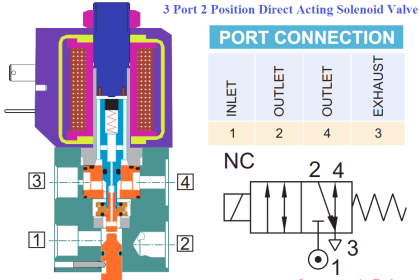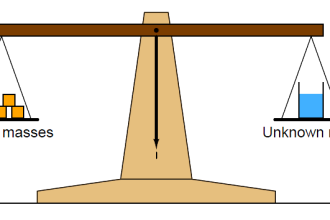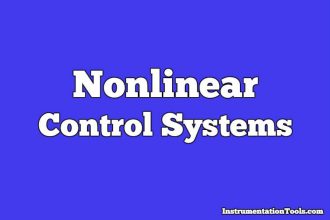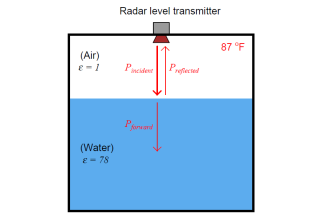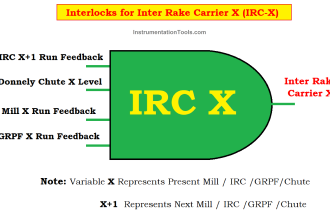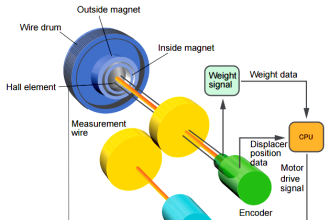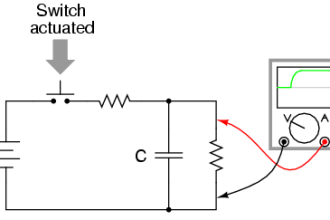PCV – It stands for Pressure Control Valve
PRV – It stands for Pressure Relief Valve
In one line :-
The difference is the Liquid stays in System after PCV acts and when PRV acts the Liquid is thrown out of system
i.e The PCV outlet is connected back to system not not to vent or sump (waste collection system)
Refer below image
Now on the contrary when relief valve acts it outlet is vented or collected in sump but never goes back to system
As the word suggest the contents are “RELIVED” i.e Thrown out out of the system
Refer below Image
PCV works during normal operation and Relief valve is mean to act during upset condition
Relief valve comes in safety operation
PCV restricts the flow but does not alter the destination
PRV changes the destination of the Fluid when it acts .
Thanks for reading !!
PS : This is as per best of my understanding I would be glad to know if there are any corrections
Author : Asad Shaikh
Profile : Linkedin
Articles You May Like :
3-15 psi to 4-20 mA Conversion
Live Zero in 4-20 mA Current Loop
